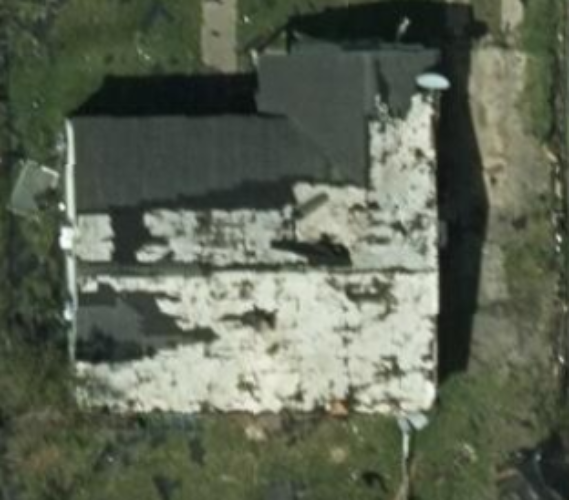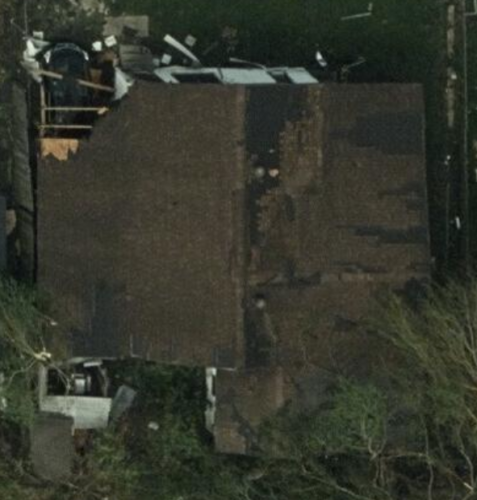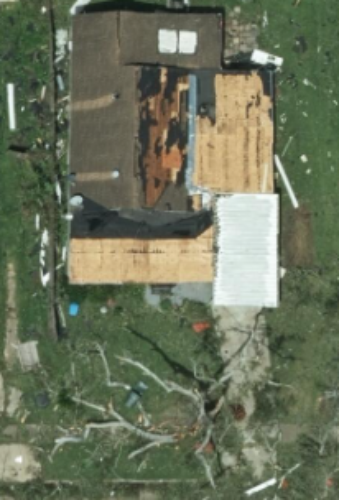A growing number of Texas counties (more than 100 to date) are now entering FEMA’s disaster recovery process for Winter Storm Uri. Based on data from the past, we know that regardless of the disaster type, applicants must be diligent in advocating for themselves. They must also keep up with changes to FEMA’s application process and the impact it can have on the awards they receive.
We knew COVID-19 would mean big changes in the 2020 disaster recovery space, from immediate response and damage assessments to long-term rebuilding efforts. We hoped that FEMA would adopt the best practices of the insurance industry — using aerial imagery, predictive analytics, big data, and estimation software to adjust and pay claims 100% remotely. In March of 2020 the standard procedures at FEMA were modified.
As the coronavirus spread, FEMA implemented a “remote damage assessment” process where damage assessments were conducted via a phone call with the homeowner instead of an on-site, in-person inspection. The calls last from 30 minutes to an hour.
While damage inspections were being completed faster than ever before, we were concerned that disaster survivors, who are rarely disaster or construction experts, may incorrectly underreport the damage done to their homes. If disaster damage is overlooked or under-reported, it will manifest as an artificially low FEMA Real Property Verified Loss, which caps the amount of repair assistance a survivor can receive. This matters for under- or uninsured-households because FEMA awards may be the only assistance they receive. An accurate damage assessment is essential.
There were concerns about FEMA’s accuracy in the award determination process before the pandemic. The Government Office of Accountability released a report last year highlighting needed improvements after studying responses to the 2017 and 2018 disaster seasons.
We knew that FEMA’s new remote damage assessment would impact last year’s Hurricane Laura survivors and their FEMA awards, so we began to compare average Laura repair awards with those from similar recent disasters. We used FEMA data and compare it to aerial imagery and other information data from partners like Vexcel, Verisk, the National Insurance Crime Bureau, and the Geospatial Intelligence Center. We conducted visual inspections using flyover data of properties in two Laura-impacted zip codes that local leaders signaled were extremely vulnerable and significantly impacted. We found that on average, Laura survivors received less than half of what Hurricane Michael survivors were awarded in Florida despite the similarity of these storms and their impact.
Within the two Laura-impacted zip codes, we also found significant inconsistencies between damage to homes and FEMA repair award amounts.



FEMA does make a direct, positive impact in the lives of vulnerable Americans by providing critical resources in difficult and uncertain times. Investing in modern assessment tools and technologies will improve FEMA’s ability to provide these resources quickly, accurately, and consistently. With these improvements, disaster survivors can make better recovery plans and decisions. Innovation can and should be a top priority for the incoming FEMA team.
And for those in Texas at the beginning of their FEMA application process — be vigilant and thorough when it comes time for your FEMA assessment call. We have some tips here.
Reese May, a two-time combat veteran of the U.S. Marine Corps, is Chief Strategy and Innovation Officer for SBP. He has led non-profit SBP’s disaster recovery efforts across the country.

